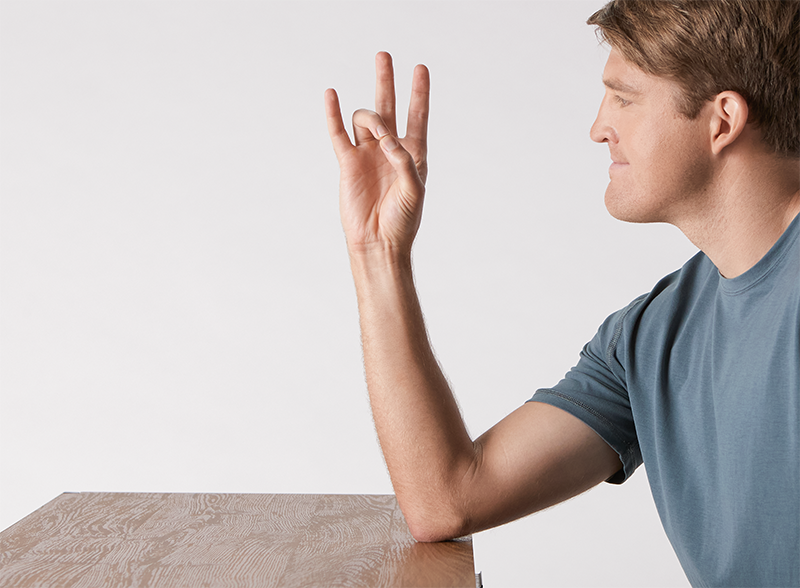9 Hand Strengthening Exercises for Better Function and Less Pain
Learn about hand strengthening exercises you can do at home to improve your daily activities and overall health.
$0 cost to you
Published Date: Oct 18, 2024
Table of Contents
Fully covered hand or wrist pain relief
Find relief from hand pain, wrist pain, finger joint pain, & more.
Check if I'm eligible